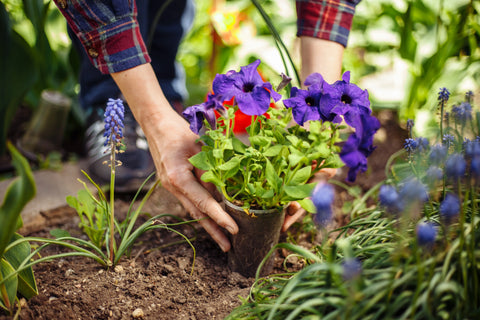How to cultivate Philodendron Plants Properly

Read our expert’s guide in taking care of the most typical houseplants, the friendly Philodendron plants. Learn the essential features you should focus on and take care of adequately.
Overview
|
Its genealogies in tropical woods provide excess warmness and wetness, so these are the characteristics you should focus on if you maintain them indoors. It would be best if you positioned Philodendron houseplants outdoors in a shaded zone to obtain some fresh air and natural sunlight in the springtime and summer months. Beware of arranging them in indirect sun rays so you can ensure their leaves won't get burnt. It's vital to wipe their leaves with a wet piece of fabric for the plant's stunning appearance and functionalities. The good news is about common problems that houseplants suffer. Philodendron doesn't get pests or diseases. |
Light
|
Since Philodendrons get indirect sunlight in the woods under treetops so they would typically grow best in partial sunlight indoors, so place them by a window that gets bright, indirect light. |
Soil
|
It's important to provide rich humus soil and a good drainage system for Philodendrons. According to its repotting process, it's suggested to replace your Philodendron's ground every couple of years. These plants are sensitive to accumulated salts via watering, leading to foliage issues. |
Water |
Like most tropical plants that blossom on woods bed, Philodendrons generally like an intermediate amount of soil moistness. It would be best to water when you notice w that the soil's surface has dried on a clear view. Be careful not to overwater or underwater to avoid the falling of leaves. The water-soaked ground would lead to root rot, although the non-climbing varieties manage to tolerate more drought soil. According to your Philodendron's class of many types, you should alter indoor plants' watering frequency and amount. |
Temperature
|
Philodendrons types require a specific temperature range based on their species. Naturally, tropical plants like Philodendrons don't abide temperatures under 13°C. Keeping them indoors would be best to protect Philodendrons from cold breezes like air-conditioning vents. |
Humidity |
If you live in an area with a dry climate, you should water the plant with a spray bottle every few days since Philodendrons thrive best in a humid ambiance. Otherwise, put the pot on a tray of water-filled gravel, yet avoid setting it into soggy soil. |
Fertilizer
|
Feeding with fertilizer varies based on season time. In the springtime and summer months, you should use a balanced liquid fertilizer monthly and every six to eight weeks in the fall season and wintertime. An insufficient amount of fertilization affects the plant's growth slower than expected, with smaller leaves than regular leafage. |
Pruning
|
When the Philodendron vines grow extensively, it's urged to prune them with sterilized scissors in the springtime or summer season. It's most suitable to clip just above a leaf node and trim brown to yellow leaves once a year. |
Repotting |
The ideal pot to plant a Philodendron would be an enormous container, so its root ball with an extensive drainage holes system can develop quickly. Transfer the Philodendron's pot only when its sources start growing out of the container. It's required to gently drag your plant from its existent pot and establish it in the new one with the fresh ground at its base and surroundings. Provide further care by watering it frequently. |
Typical Issues
|
The most critical features, such as being a low-maintenance houseplant that propagates easily, are fulfilled with Philodendrons plants. Yet, it might be predisposed to wellness issues such as watering schedules, sun exposure, and mud composition when the ideal required conditions do not get met. The leaf's colors and the soil's surface are the foremost details to notice. |


